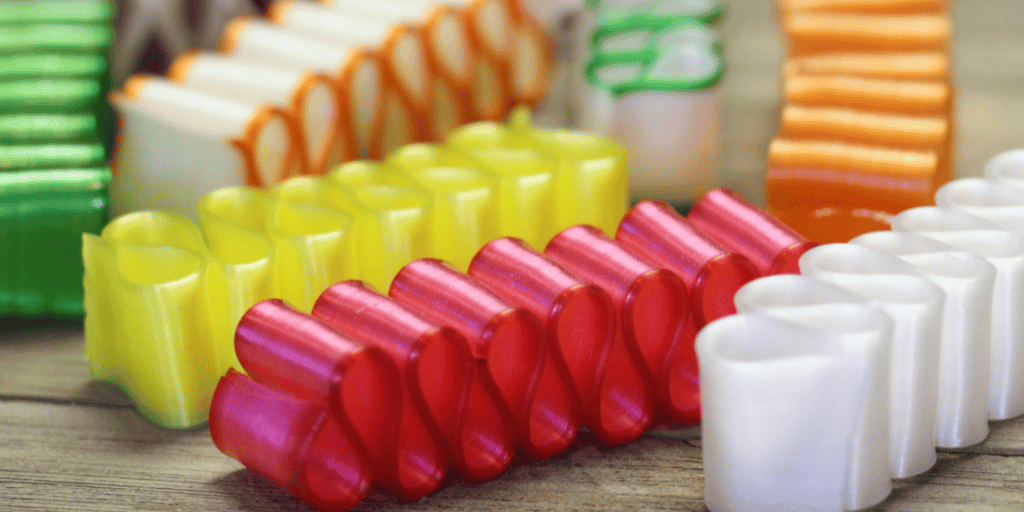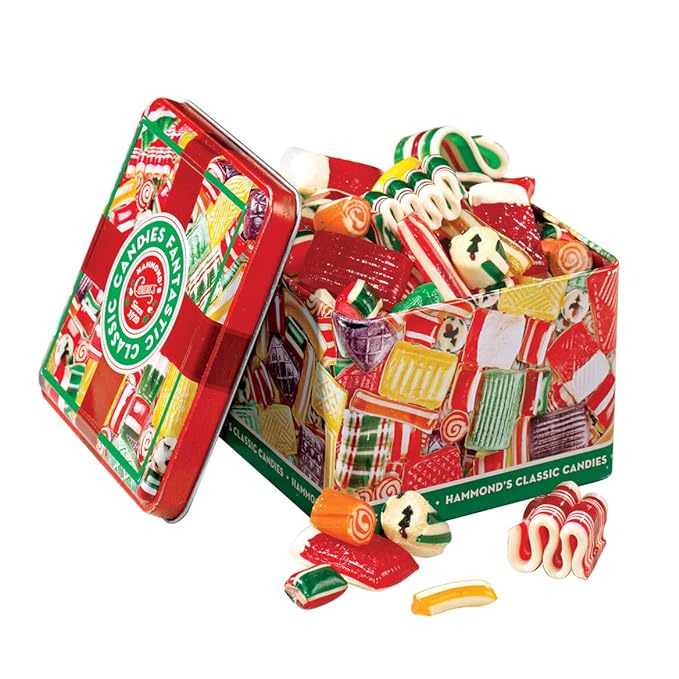Are you even a Gen X’er if you didn’t have Ribbon Candy as a kid? My Grandmother used to put out beautiful crystal bowls filled with colorful satiny ribbon candy over the holidays. I think most of the candy I ate was dust-covered, but hey it was the 70’s and we didn’t care about germs or dirt back then. I would look forward to savoring the glossy-shaped candy that came in peppermint, cinnamon, spearmint, and other assorted fruit flavors.
While some evidence suggests a similar sweet might have existed in ancient China, most experts place its origin in Europe. In the 1800s, mechanical crimpers were invented, mimicking the thumb’s action and automating the process. This increased production but still kept it a niche candy. The breakthrough came in the 1940s with the development of a single spinning wheel, significantly boosting output and making ribbon candy more widely available. In the United States, ribbon candy gained popularity in the Northeast, particularly in New England, where it became a beloved holiday treat.
This is a really beautiful hostess gift to give over the holidays as it is stunning and a nostalgic blast from the past for many of us.

I introduced ribbon candy to our household when my daughter was little, so now this glorious creation is a part of her childhood as well! Granted, I use a covered candy dish, unlike G-ma.
I had the opportunity to visit the Hammond’s candy factory in Colorado many years ago and they were busy making ribbon and stick candy for the holidays. It was so fun to watch as the end result is gorgeous colorful ribbon candies. You may find it online here.

While not as ubiquitous as some other candies, ribbon candy remains a cherished part of Christmas traditions in many regions.






